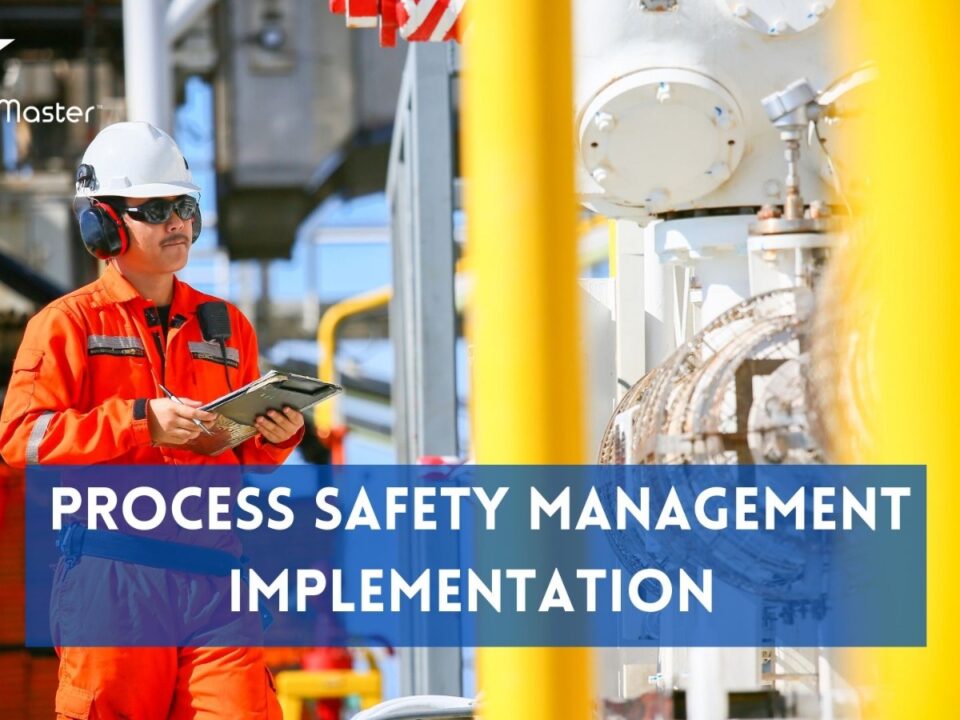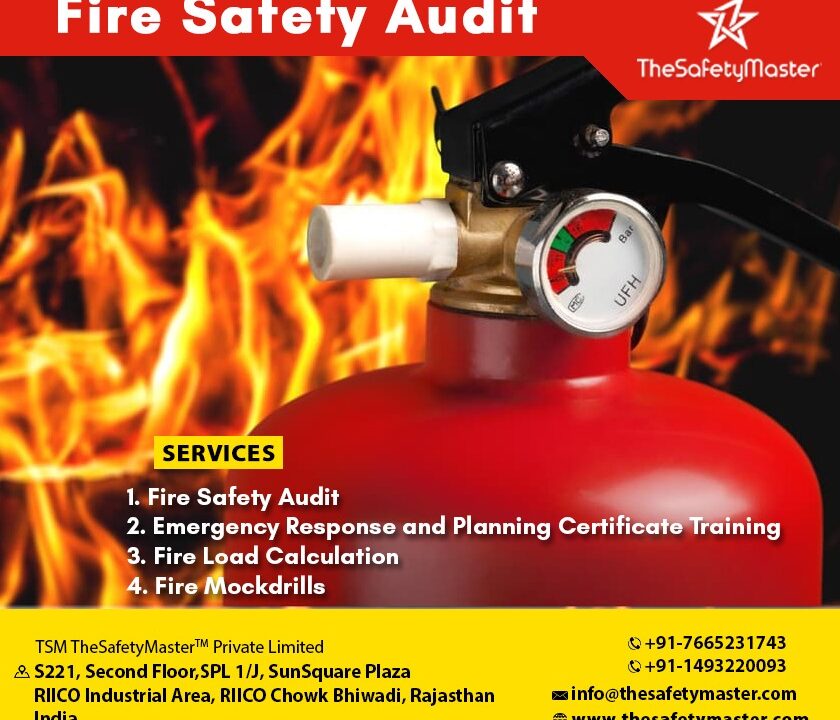Learn the Benefits of Hazop Training

Safety in Hazardous Chemical Transportation
May 12, 2023
Effective Strategies for Behavior Based Safety Training
May 12, 2023Learn the Benefits of Hazop Training
What is a HAZOP Study?
A Hazard and Operability (HAZOP) study is a structured process used to identify potential hazards and operability issues in an industrial plant or system. The purpose of the study is to systematically review all operating processes and equipment to identify deviations from design intent, which could lead to hazardous situations.
Hazop Training are often conducted in high-risk industries such as chemical plants, oil refineries, and nuclear power plants. The objective of this process is not only to identify potential hazards but also to develop effective mitigation measures that reduce the risk of accidents or incidents occurring. By conducting a HAZOP study, organizations can take proactive steps towards identifying hazardous situations before they occur and taking preventive measures.
The Benefits of Hazop Training
HAZOP training is an essential part of any safety and risk management plan for industrial processes. By undergoing HAZOP training, employees can learn to identify potential hazards and deviations in a systematic manner. This allows for the development of effective control measures, which ultimately helps to decrease the risk of accidents and incidents.
Moreover, Hazop Training can help employees develop critical thinking skills while they are performing their tasks. As they become more proficient in identifying potential hazards and deviations, they will be able to spot problems before they become serious issues. This can lead to improved productivity and overall performance in the workplace.
Hazards and Risk Management
HAZOP Training is a critical tool in identifying the potential hazards and risks that may arise in any workplace. To manage risk effectively, it is crucial to identify all potential hazards and evaluate their potential impact on people, equipment, environment, and production processes. Hazard identification involves a systematic approach to identify all the potential ways an activity or process could cause harm.
During Hazop Training sessions, participants learn how to identify hazards associated with various tasks and procedures. They also learn how to assess the likelihood of those hazards occurring and their likely consequences. The training also covers risk management strategies that can be implemented to mitigate or eliminate identified risks. Ultimately, understanding hazard identification and risk management is key to maintaining safe work environments for employees.
The HAZOP Study Process Explained
A HAZOP Study is a structured methodology for identifying potential hazards and risks associated with a process. It involves the systematic examination of each element of a process and identifying deviations that may lead to hazardous situations. The process is carried out by a team of experts, including engineers, operators, and safety specialists.
The first step in the HAZOP study process is to form a team of experts who are knowledgeable about the process being studied. The team leader should be appointed, and the scope of the study should be established. The next step is to break down the process into smaller elements known as nodes or parameters. Each node should be analyzed in detail by examining its purpose, design intent, and potential hazards associated with it.
Once all nodes have been examined in detail, deviations are identified by using guidewords such as “no,” “more,” “less,” etc. These guidewords are used to identify any deviation from normal operating conditions that could potentially lead to hazardous situations. Each deviation is then evaluated for its potential risk level based on factors such as frequency, severity, and detectability.
The output of the HAZOP study includes a list of recommendations to reduce or eliminate identified hazards and associated risks. These recommendations may include redesigning equipment or processes to eliminate hazards or implementing new procedures for safer operation.
Overall, the HAZOP study process provides an effective method for identifying potential hazards in a wide variety of industries and processes. By systematically examining each element of a process, it allows teams of experts to identify potential deviations that could lead to hazardous situations before
One of the critical aspects of a successful HAZOP study is the formation of a capable team. The team should consist of individuals with diverse backgrounds and expertise, including process engineers, project managers, operators, electrical and instrumentation specialists, and safety personnel.
The HAZOP team leader should be able to manage the group effectively and ensure that everyone is contributing their skills and knowledge. The team’s objective is to identify potential hazards during the process design stage and determine how best to manage them. A well-constituted team that functions efficiently can help identify risks that might have gone unnoticed if an individual or a small group were solely responsible for reviewing the design.
It’s also crucial that each member understands their role in the study process thoroughly. They must have excellent communication skills, think critically, and be open-minded when discussing issues raised during the study. The goal is not just to identify risks but also to find ways to mitigate them before they become a problem.
A well-functioning HAZOP study team can result in reduced maintenance costs, fewer equipment failures, increased productivity/safety, enhanced compliance with environmental regulations/standards and improved quality control measures. Therefore it is essential to assemble a knowledgeable group working together cohesively in identifying potential hazards before they manifest into significant problems.
Identifying Deviations and Potential Hazards
One of the most important aspects of HAZOP training is the ability to identify deviations and potential hazards. This involves a systematic review of each step in a process to determine if there are any abnormal conditions or potential for deviation from normal operating procedures. Identifying these deviations can help mitigate risk before an incident occurs.
During HAZOP Study, participants learn how to identify common types of deviations such as equipment failure, human error, and external factors like weather conditions. They also learn how to assess the severity of each deviation and its potential impact on the overall system. By identifying these deviations early on, safeguards can be implemented to prevent incidents that might cause harm to people or damage to property.
HAZOP Guidewords and Parameters
HAZOP guidewords are specific words that guide the HAZOP study team through a systematic evaluation of the potential hazards and deviations in a process. The guidewords are used to identify possible deviations or unsafe conditions that may occur in each section of the process. By using them, the team can pinpoint possible problems before they occur, allowing for proactive measures to be taken.
The parameters used in a HAZOP study include important factors such as temperature, pressure, flow rate, and any other variables that might affect the safety of the process. Each parameter is examined thoroughly to ensure that it is within safe limits and will not cause any harm to personnel or equipment. By analyzing all possible parameters along with pertinent guidewords during a HAZOP study, potential hazards can be identified before they become actual dangers.
Overall, understanding how to use HAZOP guidewords and parameters effectively is essential for maximizing safety within industrial processes. Properly trained personnel who understand these tools are well-equipped to identify risks early on and take appropriate action before an accident happens.
Hazop Training Outputs
After successfully completing a HAZOP study, the team produces several outputs that are essential in ensuring safety and mitigating risks. The first output is the HAZOP report, which outlines all the findings of the study. The report contains deviations identified during the study, their potential causes, and recommendations for reducing or eliminating them.
The second output is a risk assessment matrix that provides an overview of all the potential hazards identified during the HAZOP study. This matrix helps prioritize risks based on their severity and likelihood of occurrence. The matrix also helps in determining appropriate mitigation measures for each hazard.
The third output is a set of recommendations for managing risks and improving safety in the work environment. These recommendations are typically based on best practices and industry standards. Implementing these recommendations can dramatically reduce incidents and accidents in the workplace while enhancing overall efficiency.
In conclusion, carrying out a HAZOP study can help identify previously unknown hazards within an industrial process or system. The HAZOP outputs provide valuable guidance in developing measures to improve safety and reduce risks to acceptable levels. Embracing these outputs can help organizations mitigate costly accidents while improving productivity.
Safeguarding the Work Environment
The primary purpose of a HAZOP study is to identify potential hazards and deviations that could cause harm or injury to people, equipment, or the environment. Once these hazards and deviations have been identified, appropriate safeguards can be put in place to mitigate the risks.
Safeguarding the work environment involves implementing safety measures that are designed to prevent accidents and protect workers from harm. These safeguards can include procedures for operating machinery safely, personal protective equipment such as hard hats and safety glasses, warning signs and labels on hazardous materials, fire suppression systems, emergency response plans, and regular safety inspections.
By implementing appropriate safeguards based on the results of a HAZOP study, companies can ensure that their employees work in a safe environment with minimal risk of accidents or injuries. This not only protects workers from harm but also helps to maintain productivity by minimizing downtime due to accidents or equipment failures.
Our services include
TSM TheSafetyMaster® Private Limited
Unit No 221-451-452, SPL1/J, 2nd Floor, Sunsquare Plaza Complex, RIICO Chowk, Bhiwadi 301019, Rajasthan, India
Phone: +91 1493 22 0093/+91-124-4881109
Mobile: +91 7665231743/9413882016
Email: info@thesafetymaster.com
SaferIndiaBetterWorld




